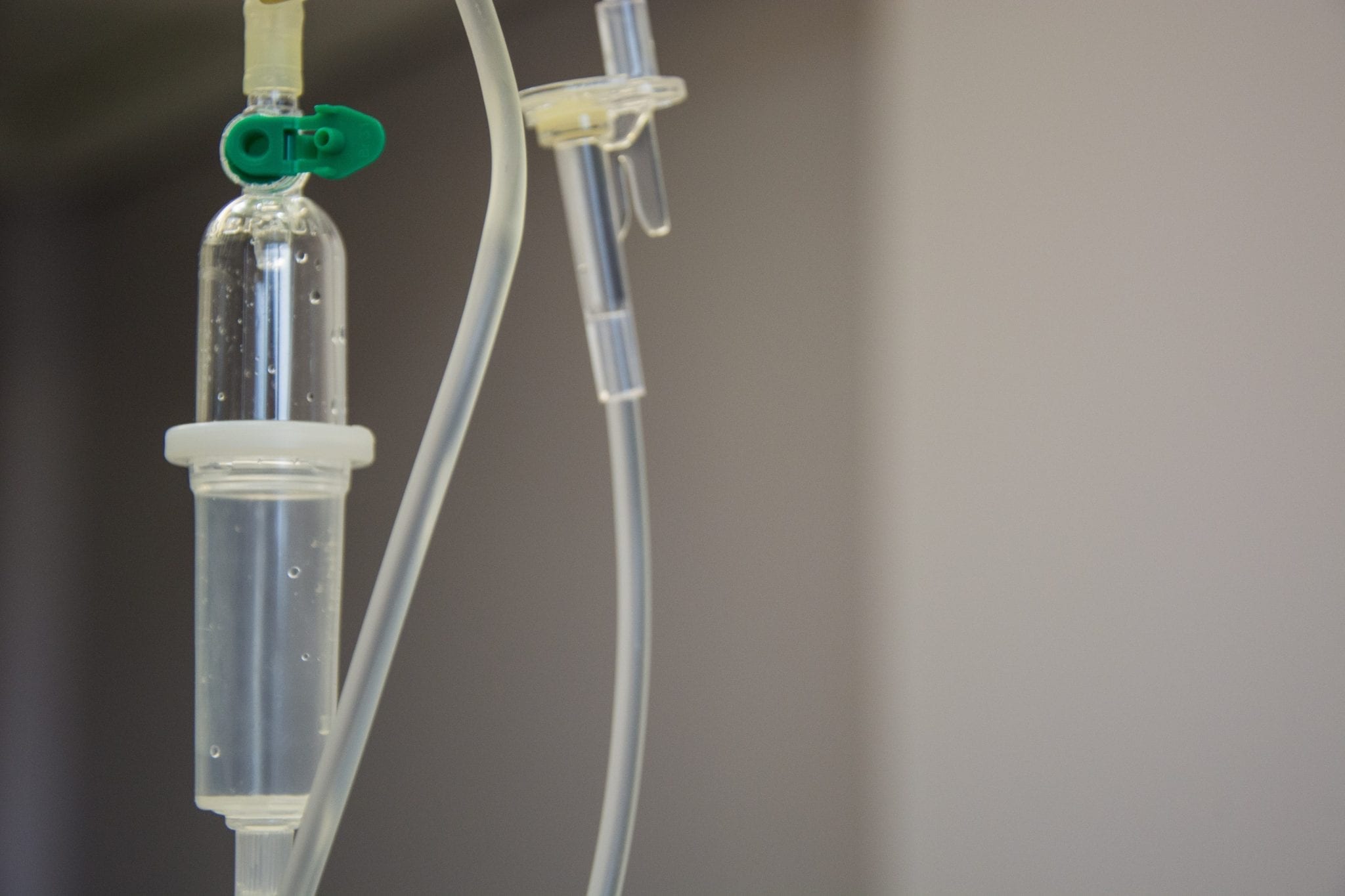Life-threatening Sepsis Continues to Run Rampant in U.S. Nursing Homes
Shana Dorsey noticed a purple wound on her father’s lower back a few weeks before his death in 2014. Her father, Willie Jackson, was inflicted with what’s commonly referred to as a pressure sore or bedsore. “That was truly the first time I saw how much pain my dad was in,” Dorsey said. The staff at Lakeview Rehabilitation and Nursing Center never told her the seriousness of that sore, which would eventually lead to life-threatening sepsis.
Sepsis is a bloodstream infection that can develop in bedridden patients with urinary tract infections, pneumonia, and bed sores, among other conditions. This happens when the body’s response to an infection causes injury to its own tissues and organs. Jackson required several trips to hospitals for intravenous antibiotics and painful surgeries prior to his passing at the age of 85.
Dorsey has now filed a lawsuit against the nursing center for negligence and wrongful death. The home denied wrongdoing, and the case is pending in Cook County Circuit Court. It is one of thousands that have been filed nationwide, claiming nursing home residents endured painful hospital treatments for life-threatening conditions that could have been avoided.

Year after year, nursing homes have failed to prevent bedsores and other infections which lead to sepsis if not properly cared for. And, a federal report has found that care related to life-threatening sepsis is the most common reason given for transfers of residents to hospitals.
A special analysis conducted for Kaiser Health News by Definitive Healthcare, a private healthcare data firm, says both the human and financial impact is great. Examining data related to residents who were transferred to hospitals and didn’t make it, Definitive Healthcare found that up to 25,000 a year suffered from sepsis. Their treatment costs Medicare more than $2 billion annually.
In Illinois, about 6,000 residents a year who were hospitalized had sepsis, and 1 in 5 didn’t make it out. Court records show that Willie Jackson’s hospital stays toward the end of his life cost Medicare more than $414,000. Part of the problem is that Illinois nursing homes have among the lowest staffing levels for nurses and aides in the nation with approximately 78 percent falling below the national average.
Pat Comstock, executive director of the Health Care Council of Illinois, said nursing homes she represents “are operating in an increasingly difficult environment in Illinois, yet they continue to prioritize delivering the best care possible to residents in a safe and secure setting.”
“This is an enormous public health problem for the United States,” said Dr. Steven Simpson, a professor of medicine at the University of Kansas. “People don’t go to a nursing home, so they can get sepsis and die. That is what is happening a lot.”
Federal regulations also require nursing homes to adopt strict infection control standards to minimize harm to their patients. Yet, according to data on state inspections conducted by the federal Centers for Medicare & Medicaid Services, many of the lawsuits allege that bedsores and other common infections have caused serious harm or death. The outcome of these cases is not clear, because most are settled, and the terms are kept confidential.
“Little infections turn to big infections and kill people in nursing homes,” said William Dean, a Miami attorney with more than two decades of experience filing against nursing homes on behalf of patients and their families.
Sources:
Avoidable Sepsis Infections Send Thousands Of Seniors To Gruesome Deaths
Sepsis prevalent in Illinois nursing homes amid low staffing


Join the conversation!